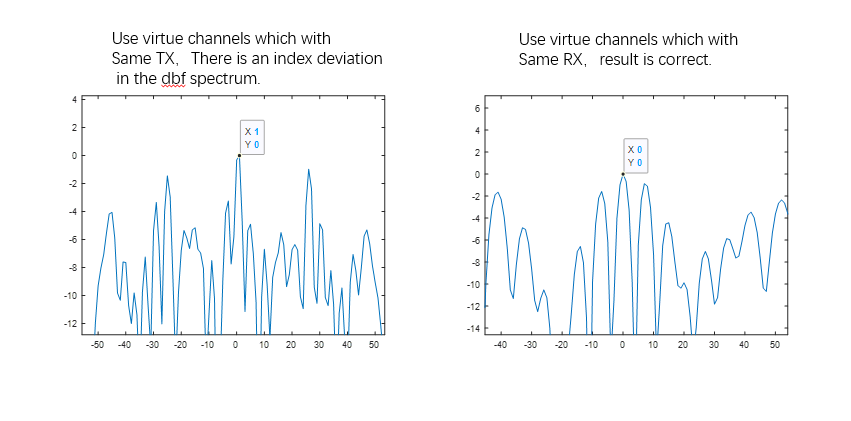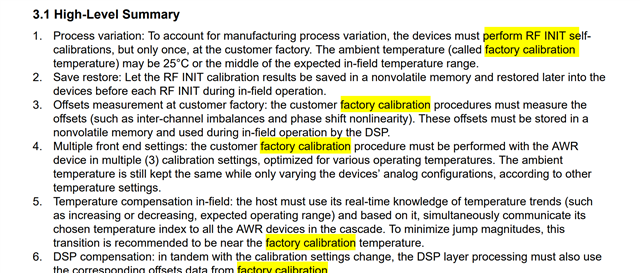Tool/software:
Team,
Customer observed a problem after enabling RX IQMM option in rfInitCalib.calibEnMask in mmwave_link_spi_22xx.c
The phenomenon is a 0.4 deg random interference is observed on a target with 250 meters. If they disable the RX IQMM option, this interference will not be observed.
Now we want to know:
1. Will the RX IQMM option cause above problem?
2. I believe we can disable the RX IQMM option in real mode, can we disable the IQMM option in complex mode?
Regards,
Shawn



